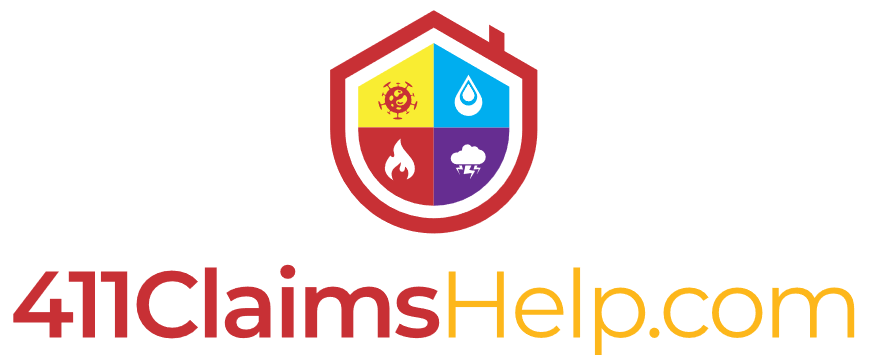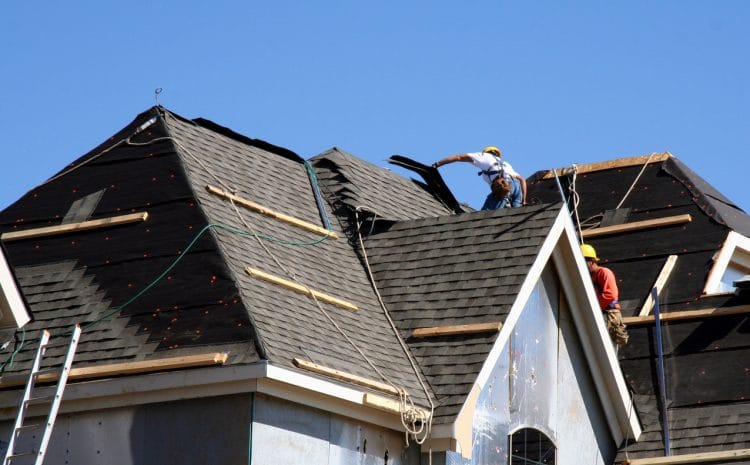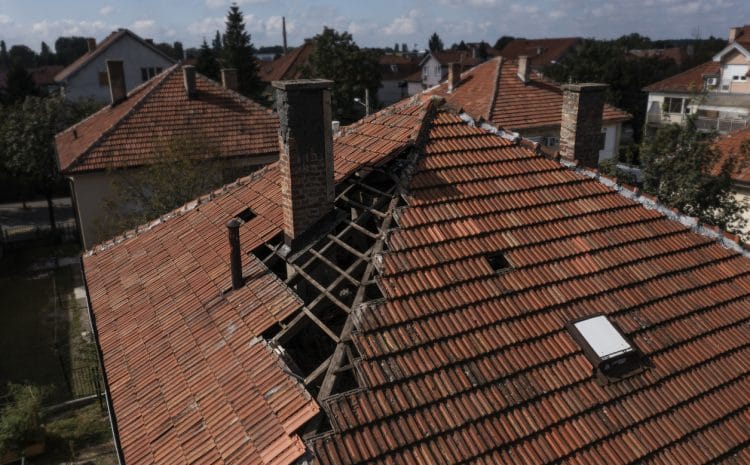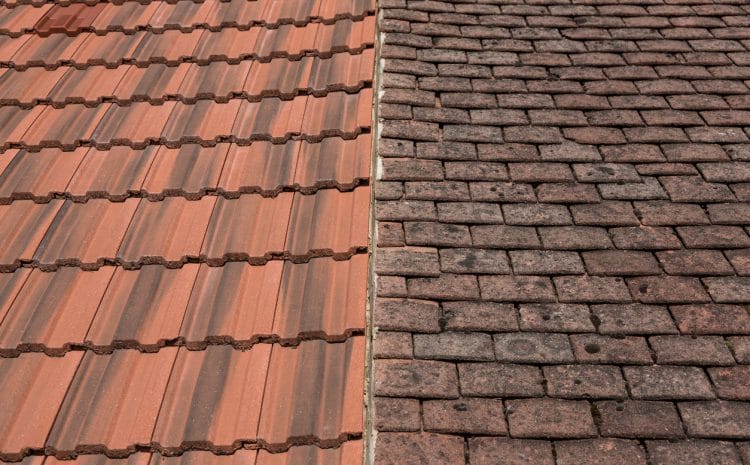How To Handle Property Damage Claims

Whether from hurricanes, fires, leaks, or vandalism, property damage can turn your world upside down. If you’re a homeowner or business owner, knowing how to handle property damage claims is essential to recovering your losses and restoring normalcy. While insurance is designed to offer protection, the claims process can be complex and frustrating without the right guidance. From immediate steps to documentation and negotiation, this blog provides a comprehensive, step-by-step breakdown to help you navigate your claim successfully—while minimizing stress and maximizing payout.
Understanding the Basics of Property Damage Claims
A property damage claim is a formal request to your insurance company to pay for repairs or replacements caused by unexpected events. These can be natural disasters, water damage, theft, or other perils covered under your policy.
Types of Commonly Covered Property Damage:
- Fire and smoke damage
- Water and mold damage
- Storm, wind, or hail damage
- Theft or vandalism
- Structural damage from trees or falling objects
To know what’s covered, read your declarations page and policy endorsements thoroughly. It’s essential to understand your deductible, exclusions, and coverage limits before filing.
Initial Steps After Discovering Property Damage
Your first actions after noticing damage can significantly influence your claim’s success.
What to Do Right Away:
- Ensure Safety: Make sure the property is safe for occupancy.
- Stop Further Damage: Shut off utilities, cover broken windows, or fix leaks temporarily.
- Document Everything: Take photos and videos of the damage before cleaning or repairing anything.
- Report the Damage: Notify your insurance company or agent promptly.
Prompt notification and proper documentation create a strong foundation for your claim.
How to Document Damage for a Successful Claim
Your insurance provider relies heavily on your documentation to verify the loss. The more detailed your records, the better your chances of receiving a fair settlement.
Tips for Effective Documentation:
- Use high-resolution photos and videos with timestamps.
- Create a written inventory list of damaged items, including brand, model, and estimated cost.
- Retain receipts and invoices for any immediate repairs or temporary accommodations.
- Save communication logs with the insurer, contractors, or authorities.
Documentation not only proves the extent of damage but also supports your claim’s validity if disputes arise.
For best practices, consult FEMA’s guidance on documenting property damage: FEMA Individual Assistance
Working with Insurance Adjusters
After filing your claim, your insurance company will send an adjuster to inspect the damage. This adjuster represents the insurer’s interests, not yours—so proceed with awareness.
H3: Tips for Handling Insurance Adjusters:
- Be present during the inspection to point out all damage.
- Don’t exaggerate but be firm and specific about losses.
- Have your own contractor or public adjuster provide an independent estimate.
- Request a copy of the adjuster’s report.
If you feel the adjuster’s report undervalues your damage, you have the right to dispute it or hire a licensed public adjuster to advocate for you.
Learn more about public adjusters from NAIC Consumer Resources
Avoid These Common Mistakes During Property Damage Claims
Even well-meaning homeowners make avoidable errors that weaken their claims.
Avoid:
- Waiting too long to notify your insurer
- Cleaning or discarding damaged items before documenting
- Accepting lowball estimates without negotiation
- Signing a full release too soon
- Not reading the full policy including fine print
Each mistake can delay processing or reduce your payout. Stay organized, informed, and proactive.
When to Seek Professional Help
There are times when handling a claim alone isn’t advisable. If the damage is extensive or your insurer is uncooperative, bring in outside expertise.
H3: Consider hiring a public adjuster or attorney when:
- Your claim is denied or underpaid
- The insurer delays response or payment
- Multiple structures or units are affected
- Negotiations break down
These professionals work on a percentage basis and can often increase your final payout—especially in complex or high-value claims.
FAQ: How to Handle Property Damage Claims
What is the first thing I should do after property damage?
Answer: Ensure safety, stop further damage, and start documenting everything. Contact your insurance company promptly.
How long do I have to file a property damage claim?
Answer: Most policies require claims to be filed within a specific timeframe, typically within 30–60 days. However, always check your policy for exact terms.
Do I need to use the insurance company’s contractors?
Answer: No. You can use any licensed contractor of your choice. You’re not obligated to go with the insurer’s recommendation.
What if my insurance claim is denied?
Answer: Request a written explanation. If you believe it’s unfair, gather additional documentation and consider hiring a public adjuster or an attorney to appeal the decision.
Will filing a claim increase my premium?
Answer: It’s possible. Insurers may raise rates after a claim, especially if you’ve filed multiple claims in a short period. However, necessary repairs usually outweigh premium concerns.
Final Thoughts
Knowing how to handle property damage claims effectively can make the difference between a full recovery and out-of-pocket losses. From early documentation to communicating with adjusters and understanding your rights, being prepared can help you take control of the claims process. Stay informed, act quickly, and never hesitate to seek help when the situation demands it.
Need Help Navigating Property Damage Claims?
If you’re overwhelmed or unsure about what steps to take next, visit property damage claims. Our team connects you with experienced public adjusters and claims experts who work on your behalf to ensure you get the fair compensation you deserve. Don’t settle for less—get the professional support you need.



